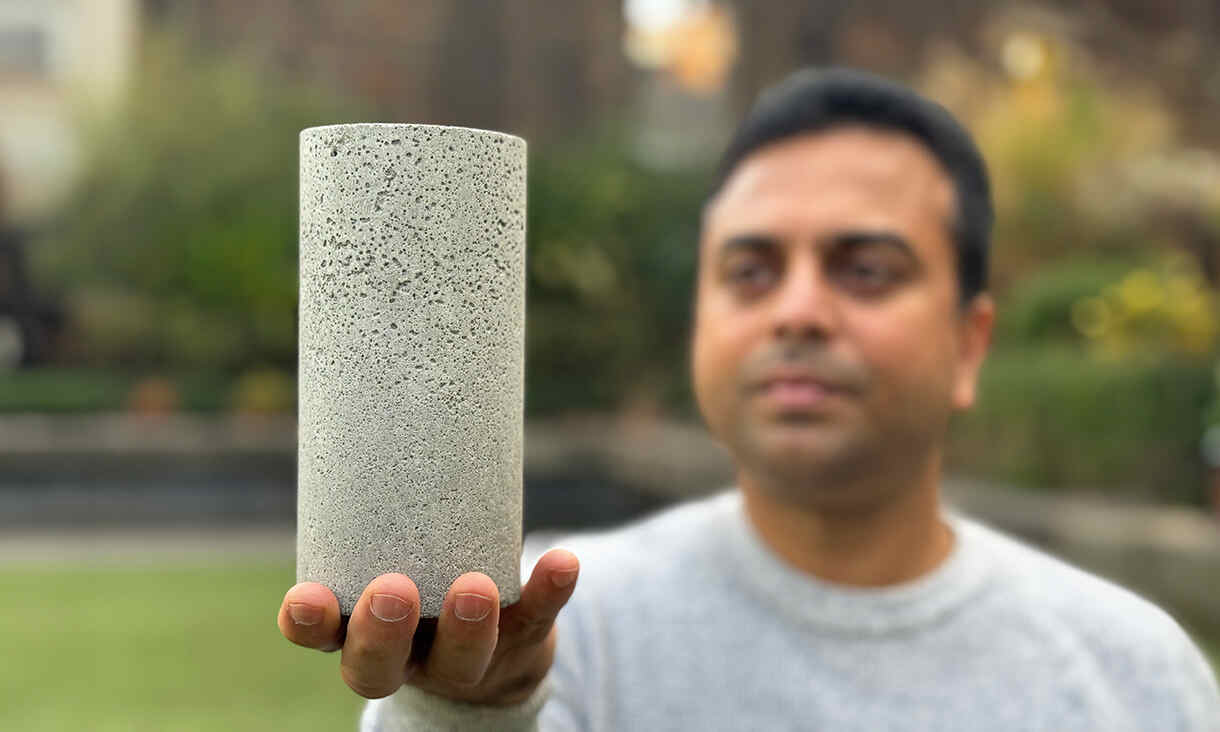THE LATEST
Revolutionary modeling paves the way for sustainable fly ash concrete

In an exciting leap forward for sustainable construction, researchers at Australia's RMIT University have developed a groundbreaking modeling technology that promises to revolutionize the use of fly ash in concrete production. This innovative approach, featured in a recent article published in the esteemed journal Cement and Concrete Research, not only showcases the long-term resilience of low-carbon concrete but also offers new opportunities for repurposing underutilized resources.
Coal-fired power plants generate over 1.2 billion tonnes of coal ash annually, with Australia alone producing a significant portion of this waste. As the country transitions to renewable energy sources, finding sustainable solutions for coal ash disposal becomes increasingly crucial. Simultaneously, the production of cement, a key ingredient in concrete, contributes to a staggering 8% of global carbon emissions. These challenges guided researchers at RMIT University to partner with AGL's Loy Yang Power Station and the Ash Development Association of Australia to develop a low-carbon concrete that incorporates an impressive 80% of coal fly ash as a substitute for cement.
What sets this research apart is the addition of nano additives, which modify the concrete's chemistry and allow for more fly ash to be used without compromising performance. This breakthrough enables the recycling of twice the amount of coal ash compared to current standards, thereby reducing waste and mitigating environmental hazards. Furthermore, the novel approach also extends to repurposing lower-grade and underutilized "pond ash," sourced from coal slurry storage ponds at power plants. This creates the potential for a significant and largely untapped resource for cement replacement.
To ensure the long-term performance and durability of this innovative concrete mixture, researchers harnessed the power of computer modeling. A computer program developed in collaboration with Dr. Yogarajah Elakneswaran from Hokkaido University allowed the team to forecast the time-dependent behavior of this new sustainable concrete. Dr. Yuguo Yu, an expert in virtual computational mechanics at RMIT, described the model as a remarkable tool to understand how materials will perform over time. By analyzing the interactions of various ingredients in the concrete, the researchers could optimize the mixture and enhance its density and compactness.
The modeling results have brought newfound confidence to the team as they work towards widespread adoption of this environmentally friendly concrete in infrastructure projects. The technology provides valuable insights into the performance and behavior of the low-carbon concrete, giving designers and engineers the ability to optimize their construction plans and guarantee long-lasting structures. Moreover, the broader implications of this modeling technology extend far beyond concrete, pointing towards a future of digitally assisted simulation in infrastructure design and construction.
This groundbreaking research was made possible by the ARC Industrial Transformation Research Hub for Transformation of Reclaimed Waste Resources to Engineered Materials and Solutions for a Circular Economy (TREMS). Led by Professor Sujeeva Setunge at RMIT, this research hub aims to minimize landfill waste and repurpose reclaimed materials for construction and advanced manufacturing. The collaboration brings together top scientists, researchers, and industry experts from multiple Australian universities and partners worldwide to drive sustainable innovations.
The promising results achieved by the RMIT research team paint an optimistic picture for the future of sustainable construction. By utilizing a higher percentage of fly ash, reducing cement requirements, and employing advanced modeling techniques, the development of low-carbon concrete opens the door to a truly circular economy in the construction industry. As the world strives to address climate change and reduce waste, the RMIT University team is leading the charge toward a greener, more sustainable future, where innovative solutions and modeling technologies play a vital role in reshaping the construction landscape.
